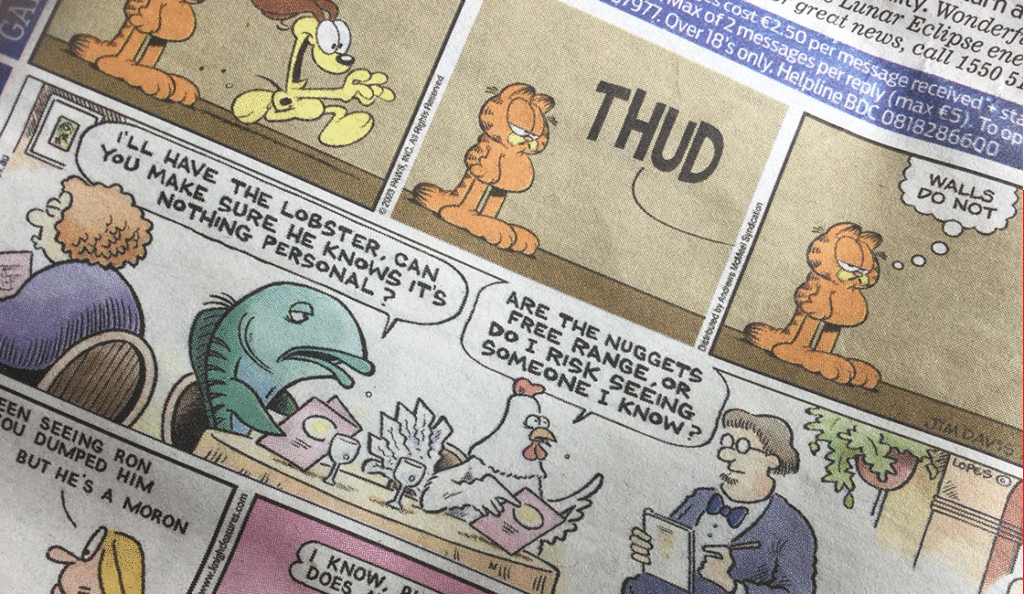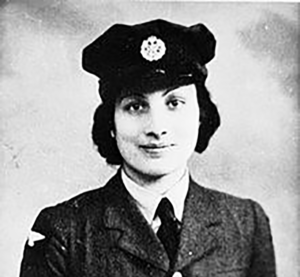William Boyd Watterson II was born July 5, 1958. He is an American cartoonist who authored the comic strip Calvin and Hobbes. His parents were Kathryn and James Watterson and he had a brother Thomas. His father worked as a patent attorney. In 1965, six-year-old Watterson and his family moved to Chagrin Falls, Ohio, a suburb of Cleveland. Watterson drew his first cartoon at age eight, and spent much time in childhood alone, drawing and cartooning. This continued through his school years, during which time he discovered comic strips such as Pogo, Krazy Kat, and Charles Schulz’ Peanuts which subsequently inspired and influenced his desire to become a professional cartoonist.
He was encouraged by his parents in his artistic pursuits. Later in life they recalled him as a conservative child with a great imagination, but not in a fantasy way, and certainly nothing like the character of Calvin that he later created. Watterson found avenues for his cartooning talents throughout primary and secondary school, creating high school-themed super hero comics with his friends and contributing cartoons and art to the school newspaper and yearbook. After high school, Watterson attended Kenyon College, where he majored in political science. He had already decided on a career in cartooning, but he felt studying political science would help him move into editorial cartooning. He continued to develop his art skills, and contributed cartoons to the college newspaper. He graduated from Kenyon in 1980 with a Bachelor of Arts degree. He is most famous for his strip Calvin and Hobbes and by the time he had finished he had written a total of nineteen official Calvin and Hobbes books that have been published in the United States. The cartoon had two main characters, one called Calvin after the Protestant reformer John Calvin. The other was called Hobbes after the social philosopher Thomas Hobbes.
In one strip called ‘the Essential Calvin and Hobbes’ the cartoon character Calvin says to his friend, Hobbes, ‘I feel bad that I called Susie names and hurt her feelings. I’m sorry I did it’.
‘Maybe you should apologize to her,’ Hobbes suggests.
Calvin ponders this for a moment and replies, ‘I keep hoping there’s a less obvious solution.’
This is just like many people today. They know and understand that they have broken God’s law and that they have lost their relationship with him. However, they don’t want to say sorry to God and ask for his forgiveness. They want to find another way, a less obvious way which shows more of their abilities and works. Psalm 51, King David is pleading with God to restore him, he says ‘Have mercy upon me, O God, according to thy lovingkindness: according unto the multitude of thy tender mercies blot out my transgressions. Wash me throughly from mine iniquity, and cleanse me from my sin.’, verse 1,2. The King has realised there is no other way to restore fellowship with God, he has tried other ways, he has tried sacrifices and offerings but now states that the only way for restoration was coming the way God had ordained. God says ask and you shall receive. David in these verses is asking for forgiveness and restoration. By the end of the Psalm in verse 17 he states ‘a broken and a contrite heart, O God, thou wilt not despise.’ As a result of coming to God his way King David knew he was forgiven and accepted again in fellowship with God, with his sins forgiven.
The character in the cartoon wants to find a less obvious solution to his quandary, I wonder which one are you like? Are you like the cartoon character Calvin who was left seeking a solution or are you like King David who sought and found restoration with God.
P. Pilgrim pilgrimway101@yahoo.com




